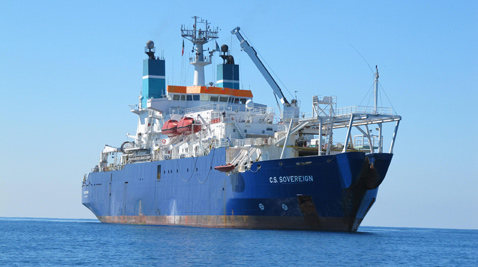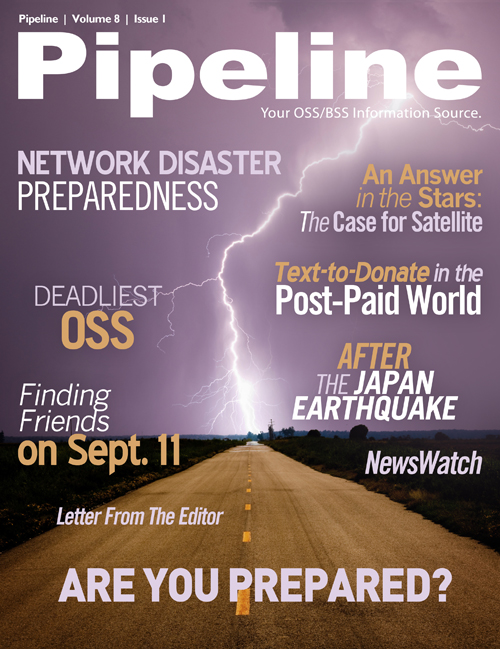Sher explains that, logically, subsea cables are most vulnerable in shallower water as they approach land. "You try to pick a route away from ports, fishing areas, or anchorage zones," he says, and adds that carriers work to "make it illegal to anchor where the cable is." He adds, however, that in parts of Africa, lines on maps aren't always effective enough deterrents to keep fishing boats away from the cable. In such cases, ships and radar systems are required to patrol cable zones to prevent interlopers from dropping anchor.
Sometimes, cuts caused by ships anchors can't be avoided. "A ship in a storm can drag an anchor for several kilometers," says Sher. He explains that because the Red Sea is narrow, it's a place where multiple cables can be affected by a dragging anchor, as occurred in 2008. "In Egypt, a ship took out cables that connected the Middle East and Asia to Europe and the US and disconnected them from the Internet for a good period of time," Sher says.
Deep Water
In deep water, man is a less of a threat to subsea cables. "Below 1000 meters you don't have ships, trollers, or anchors," Sher says. Sher describes a natural activity called "slumping" which is a movement of the seabed that can create a cable cut. This can happen as a result of an earthquake, but is also just a common geological phenomenon that's part of life at the bottom of the ocean. When a major seismic event occurs, as in Japan most recently, it can lead to multiple cable cuts in deep water.
"Subsea is a very hostile scenario," says Ron Pfaff, vice president - global network operations for Global Crossing. "Tectonic plates, mountain ranges, and volcanic activity," are among the challenges operators find deep in the ocean, so that the "magnitude of events can't always be determined," Pfaff says. Pfaff argues that simple wear and tear is a more common issue because "outside of Asia seismic activity is not the biggest concern." He says that deep water cables "aren't buried and they can lay across rock that will cause abrasion" as a result of ocean currents shifting the exposed cables around on the seabed.

Source: Global Marine Systems, Inc.
Deep water cables traverse some of the deadliest terrain in the world, such as the North Atlantic where there are at least five subsea cables operating. The North Atlantic is sub-divided by the Mid-Atlantic Ridge, a major mountain range that is 1,600 kilometers wide and which separates the Atlantic into two troughs, respectively 3,700 and 5,500 meters deep. The North Atlantic is notorious for its unpredictably deadly weather along with icebergs which, most famously, sank the Titanic. It is in water and weather conditions like these that the most challenging communications repair scenarios outside of low earth orbit can occur and where submarine cable repair ships must be prepared to operate.








